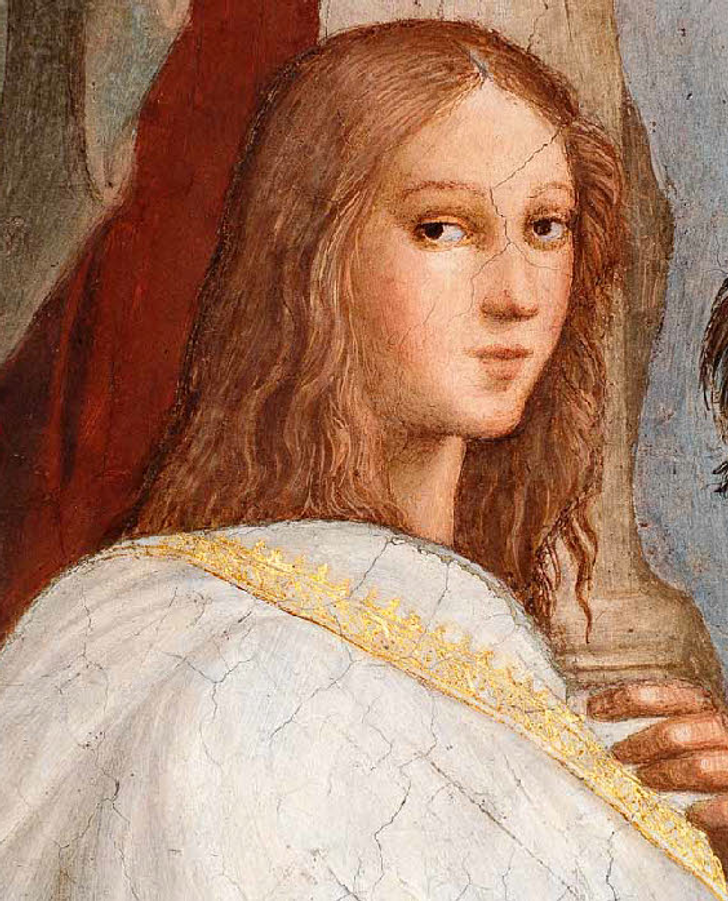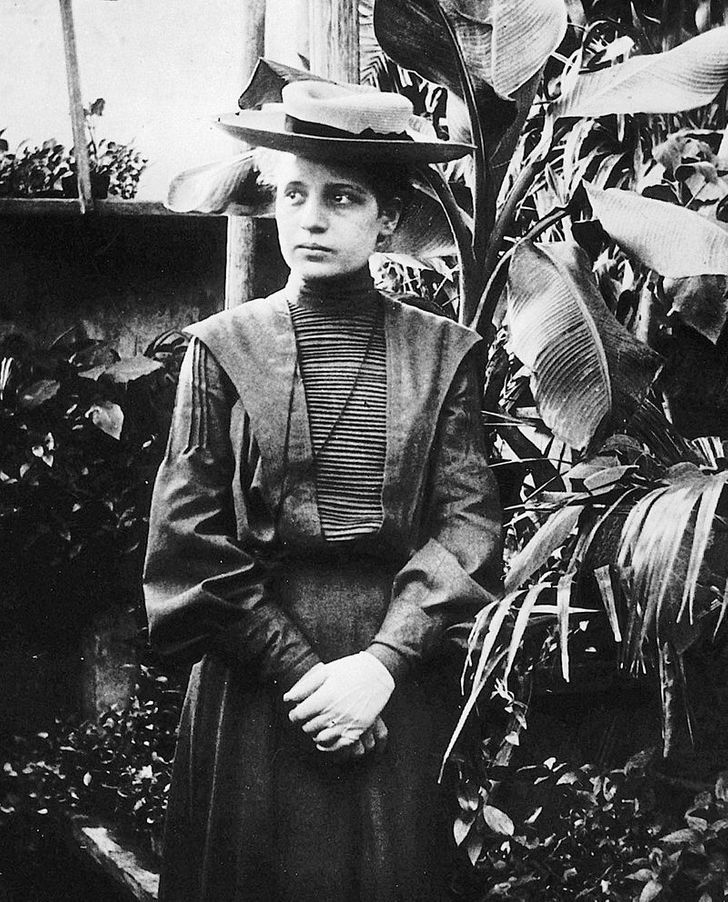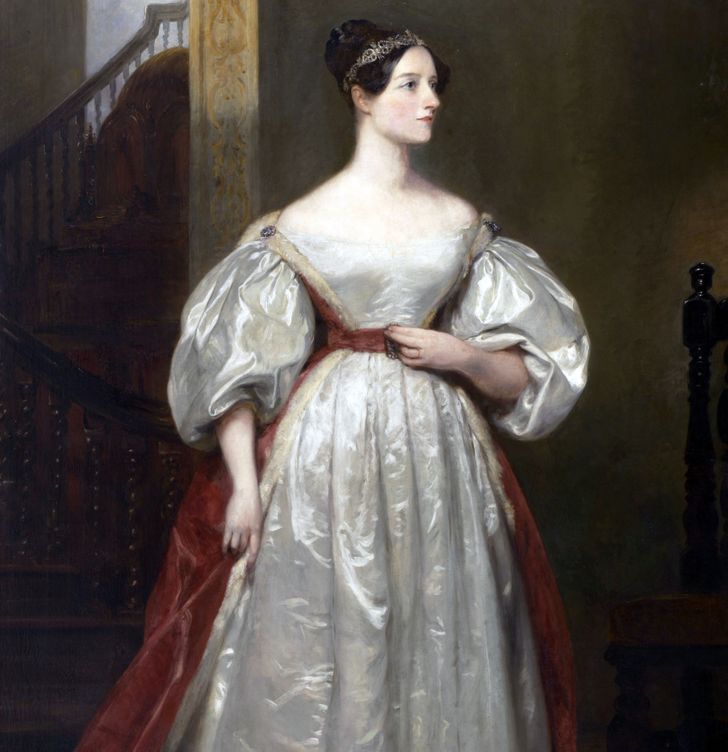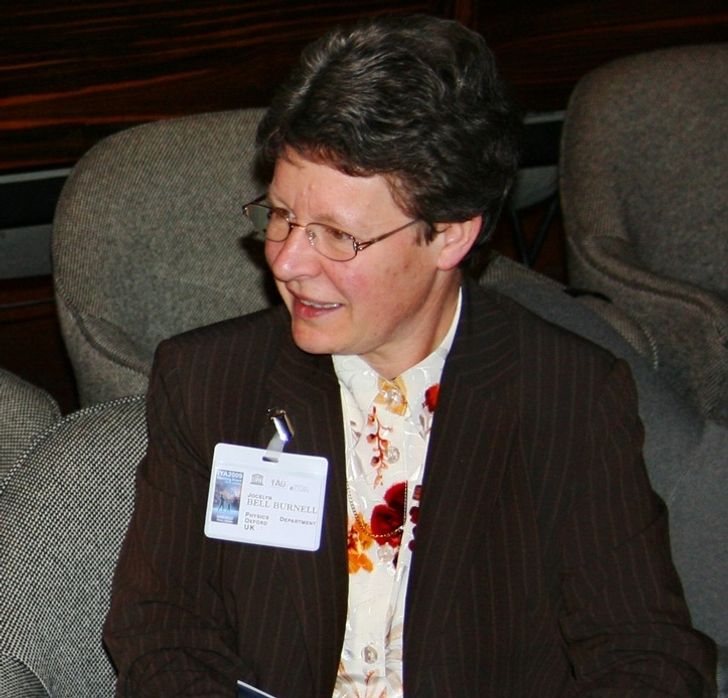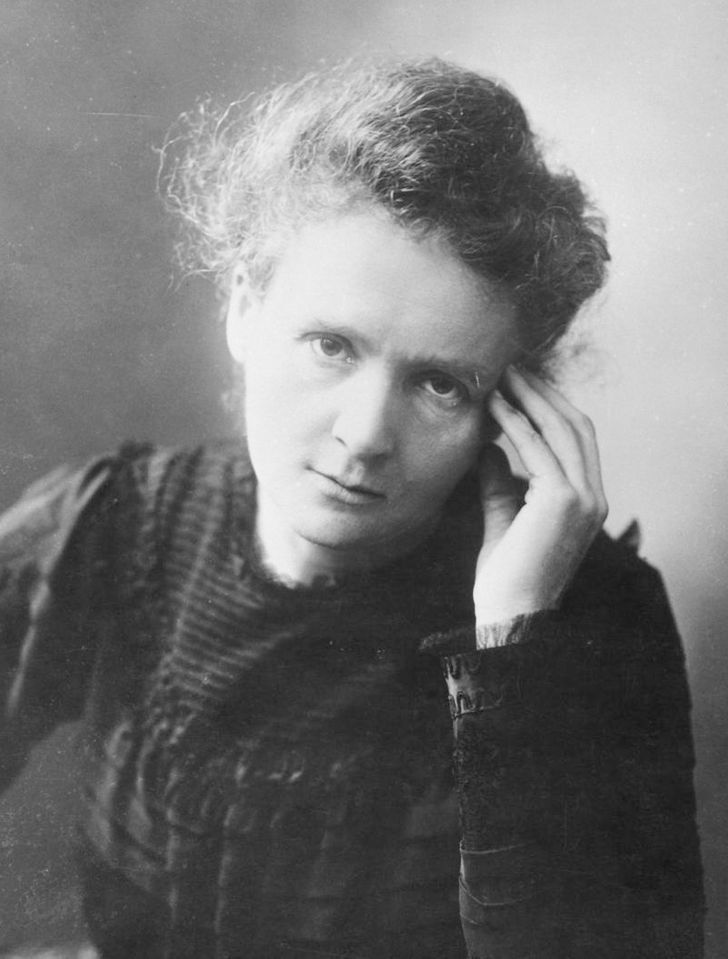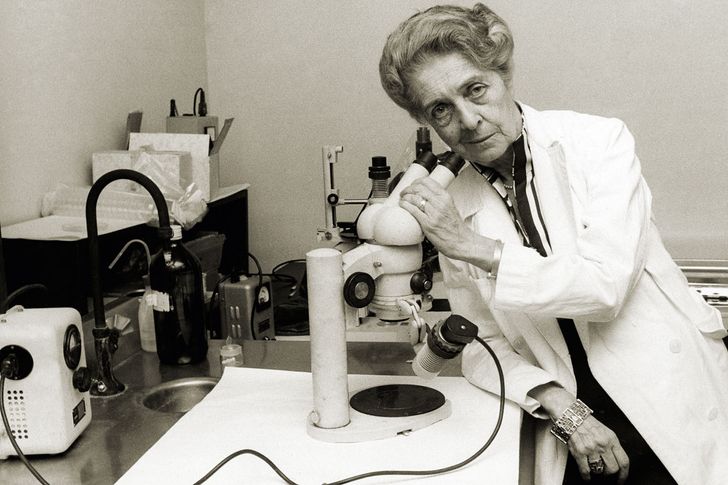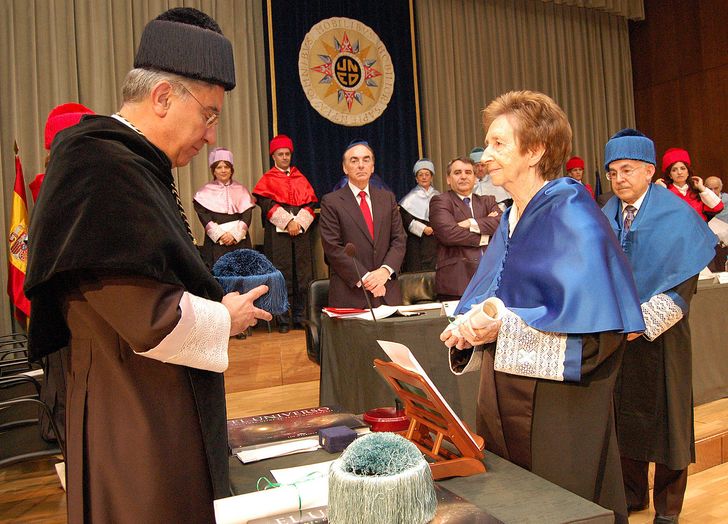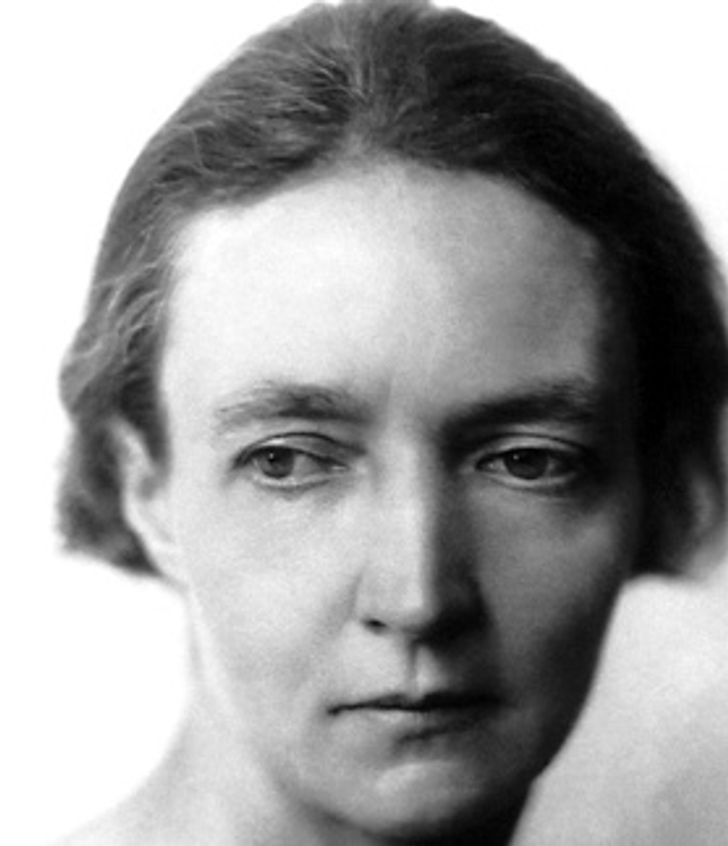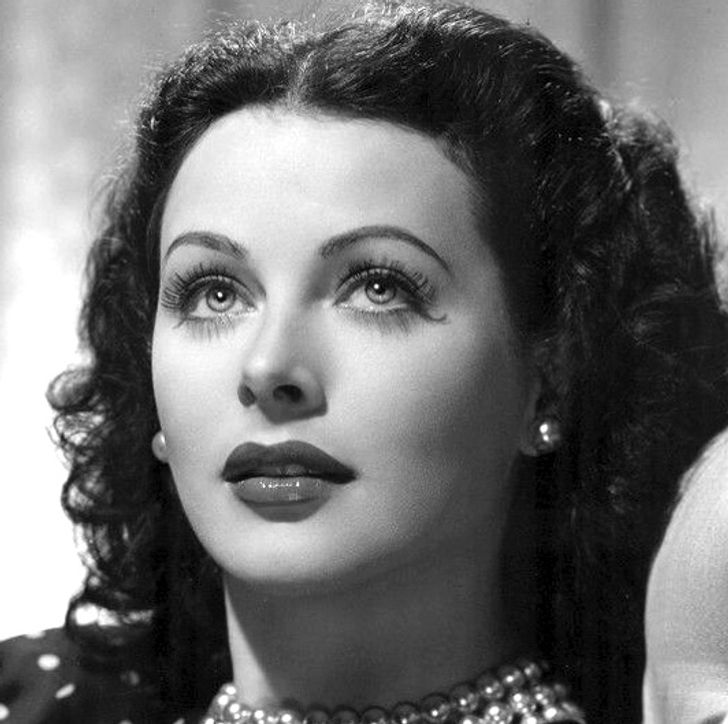We learnt about some of these women at school, but today I have learned something more, some interesting information.
Thank you :)
9 Amazing Women in the History of Science Who’ve Changed the World
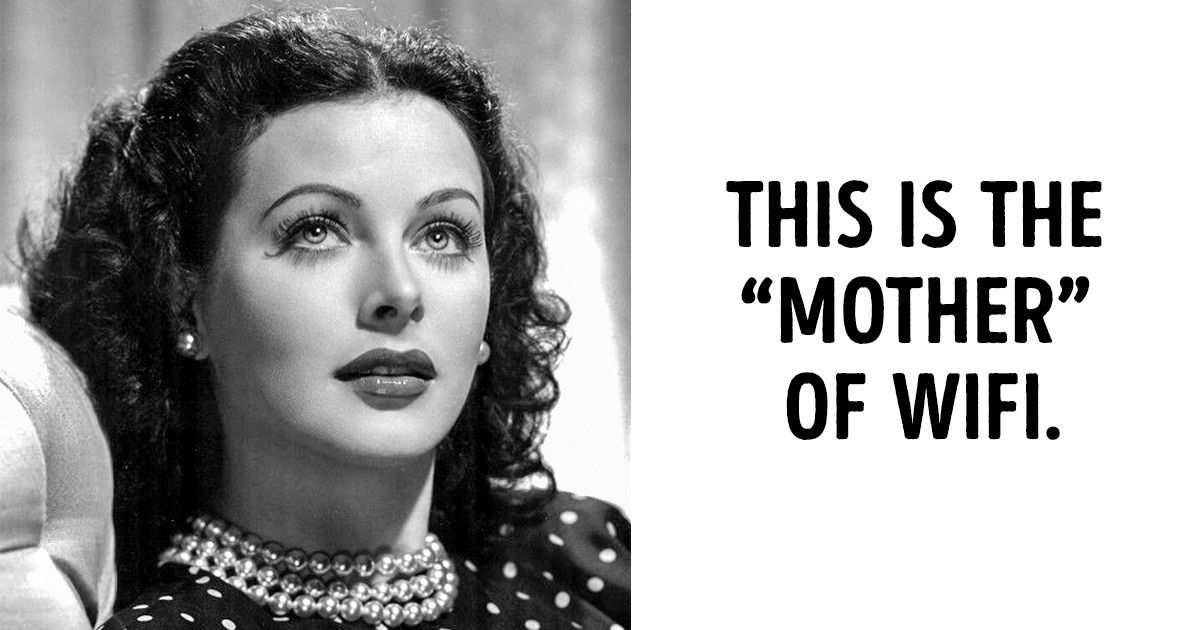
In the history of humanity there have been brilliant women who played a fundamental role in science, but despite their outstanding contributions, were never recognized. Some were overshadowed by the men in their lives, a few had to deliberately step aside, and others met an untimely and unfortunate death. Very few of them managed to settle in the scientific world and obtain recognition.
Bright Side has compiled a list of 9 amazing women from the history of humanity whose research and scientific contributions have made a significant mark on the history of science.
1. Hypatia
Born in the middle of the 4th century in the capital of Alexandria, Hypatia worked as a philosopher and mathematician. She devoted herself to teaching and studying exact sciences. Among many of her contributions, she improved the design of the astrolabes, instruments that determined the positions of the stars. Although Hypatia has been recognized as the first woman mathematician, the fact is, in her times, her scientific work was not well received by some groups that judged her to be “pagan”. These foundations are now uncertain, since the only evidence that suggests this is the fact that the teachings of Hypatia focused on the works of Plato, Aristotle, and Plotinus.
Hypatia’s death was very unfortunate: she was lynched when she was between 40 or 50 years old. However, after this, the imperial prefect Orestes condemned her murder and then the violent acts against the philosophers of Alexandria ended. The figure of Hypatia has been recognized and admired by women who have dedicated themselves to science, astronomy, mathematics and also by activists and feminists.
2. Lise Meitner
Born in Vienna in 1878, Lise Meitner was a physicist that investigated radioactivity. She was a professor at the Kaiser Wilhelm Institute and the University of Berlin from 1926 to 1933. In 1938 she had to leave Germany because she was Jewish. The Nuremberg Laws of the Nazi government forced her to leave, and then she joined the staff of The Research Institute of the Manne Siegbahn Institute in Stockholm. Lise Meitner was part of the team that discovered nuclear fission, however, only her friend Otto Hahn received the recognition and the Nobel Prize in Chemistry. Although Meitner’s discovery was very important, her credit was unnoticed by science until many years later. After this, her name was recognized and acclaimed, and even an asteroid (6999) and 2 craters on the moon and on Venus have been named in her memory.
3. Ada Lovelace
Born in London in 1815, Ada Lovelace was a British mathematician, computer scientist, writer, and the only daughter of Anna Isabella and the poet Lord Byron. The marriage of her parents was anything but happy, so when Ada was only a month old, her father left the house never to return. This would mark forever the life of Ada and her mother, who categorically forbade her to devote herself to literature as her father did. However, Ada had more scientific aspirations and always proved to be more influenced by her own mother who was a great mathematician.
At age 18, Ada met the mathematician Charles Babbage who motivated her to join his team with the famous “analytical machine”. Ada not only succeeded at this but also did what is recognized today as the first algorithm for a machine. That officially makes her the first computer programmer. In fact, the current programming language, Ada, created by the Department of Defense of the United States, was named after her.
4. Jocelyn Bell Burnell
Born in Belfast in 1943, Jocelyn Bell Burnell is an astrophysicist who discovered the first radio signal of a pulsar, which is a star that emits very intense radiation at short, regular intervals. Jocelyn’s story is also marked by success without recognition since it was her tutor Antony Hewish who received the Nobel Prize in Physics in 1974 despite the fact that she was the one who made the discovery. The fact did not go unnoticed by the scientific world, as many of his colleagues condemned this action against the award. However, for her, this did not mean bad news — on the contrary, she said in an interview that it was the best thing that could have happened to her since she has had other recognitions much more significant than the Nobel Prize. Burnell is one of the most influential scientists in the United Kingdom and, of course, of astrophysics.
5. Marie Curie
Born in Warsaw in 1867, she was a renowned scientist who received 2 Nobel Prizes for physics and chemistry. Madame Curie was the pioneer of radioactivity, discovering techniques for the isolation of radioactive isotopes and 2 chemical elements: polonium and radium. From these findings, Madame Curie’s life was surrounded by radioactivity, literally. She carried the chemical element with her everywhere, ignoring the degree of damage caused by exposure to it. She shared her scientific work closely with her husband, Pierre Curie, and later with 1 of her 2 daughters: Irene-Joliot Curie.
Many years after the death of her husband Pierre, Marie began a romance with the scientist, Paul Langevin, which brought her many more problems than she could have ever imagined. Paul was married, although he no longer lived with his wife, which triggered a real scandal. The press called Marie Curie “the foreign Jewish homewrecker”. Although her relationship was no longer extramarital, the renowned scientist had to clear her name at a time when her love life seemed more important than her surprising second Nobel Prize. Many of her scientific friends were on her side including Albert Einstein who encouraged her to accept the award without remorse.
6. Rita Levi-Montalcini
Born in Turin in 1909, Rita Levi-Montalcini was a scientist who specialized in neurology. She received the Nobel Prize in Physiology or Medicine. Despite this, Rita’s life was not easy. She studied at a university during the World War, facing the difficulties of being a woman and a Jew. In Italy, there were laws against Jews imposed by Benito Mussolini, so Rita had to quit her job at the university and move her experiments to her own bedroom. There, she made a laboratory with a microscope and some adapted household utensils.
But those years of terror had their consequences; the city of Turin was bombed in 1941, so Rita had to move to a country house in the mountains where she took all her instruments. Once in the village, she had to be very creative to continue her research; however, she didn’t stay there for long. And after the attack of the Nazi troops, she had to flee further south. Once the war was over, Rita’s years of research in collaboration with the biochemist, Stanley Cohen yielded results: she managed to isolate the so-called “nervous growth factor”, an essential protein for the survival of neurons. This was the first finding of cell-to-cell communication.
7. Margarita Salas
Margarita Salas was born in Spain in 1938. She obtained a Ph.D. degree in chemistry at the Complutense University of Madrid. She has been in charge of promoting Spanish research in the field of biochemistry and molecular biology. Margarita’s work has stood out for her contribution to the investigation of the reading of genetic information. Her study focuses on the bacterial virus Phi29 which has allowed us to understand more about how DNA behaves, how the bacterial virus transforms proteins, and how they relate to each other to form a functional virus.
Margarita has received several awards, being named European Researcher of 1999 by UNESCO. She was appointed the Director of the Institute of Spain (1995-2003), which brings together all the Royal Spanish Academies. In December 2018, the Eliseo Godoy School in Zaragoza was changed to have the name of Margarita Salas in it.
8. Irène-Joliot Curie
Born in Paris, Irène-Joliot Curie was the daughter of Marie and Pierre Curie. She studied physics and chemistry at the University of Paris during the First World War. When it was over, she started working as an assistant for her mother at the Paris Radio Institute, which was later known as the Curie Institute. Her research in the field of nuclear physics included the structure of the atom, the projection of the nucleus (which was fundamental for the discovery of the neutron), and the artificial production of radioactive elements.
Somehow, for Curie, being the daughter of 2 famous prize-winning scientists was an incentive to her career. In fact, she also won the Nobel Prize in Chemistry in 1935 with her husband. Irene-Joliot Curie died of leukemia due to overexposure to radiation.
9. Hedy Lamarr
Born in Vienna in 1914, she was an Austrian-born American film actress and inventor. The story of Hedy is particularly interesting because, despite the fact that most of her life was devoted to acting in the cinema, she was the co-inventor of the first version of an expanded spectrum that allowed long-distance wireless communications that we now know as “Wi-Fi”. Together with musician George Antheil, they developed the technique of encryption known as “frequency hopping”. But before this finding happened, Hedy experienced a terrible situation. Her husband, Friedrich Mandl, held her captive in her own home under strict control and forced her to leave the film industry.
In 1937, she managed to escape and go to Paris to continue her artistic career. There she met Louis B. Mayer, president of Metro Goldwyn-Mayer, with whom she signed a contract for Hollywood. In 1942, Hedy registered the patent of her method of secret communication that sought to avoid the detection of torpedoes by the allied troops. Hedy argued that if both the transmitter and the receiver were able to jump simultaneously from frequency to frequency, then anyone who tried to interrupt that signal would not know where it was. Unfortunately, Hedy did not receive the credit for her invention.
Did you know the history of any of the incredible women on this list?
Comments
Who said women do amazing things? Just look at these awesome ladies! I'm so proud ?
how about Fe del Mundo. A filipino scientist.
5. Marie Curie??? She was Maria SKLODOWSKA-CURIE!!! She used a two-part name and so correct it because you are unreliable! And remember it! She was the wife of a French scientist, but her name was MARIA SKŁODOWSKA !!!
Wow!
Related Reads
I Refused to Use My Social Media to Promote My Company—Now HR Stepped In

I Refused to Keep My Pregnancy Secret Just Because My Sister Lost Her Baby

My Boss Tried to Ruin My Christmas Plans—I Got the Last Laugh

15 True Stories With Mind-Blowing Endings That Could Rival Hollywood

10 Sassy Comebacks That Silenced Rooms in a Second

I Refused to Go to Work After a Family Emergency—HR Got Involved

11 Times Quiet Kindness Lit a Spark in Someone’s Eyes Again

I Refuse to Return the Money After Being Paid Two Salaries by Mistake

18 Stories That Show Kindness Can Be the Strongest Force of All

12 Stories That Prove Quiet Kindness Survives When All Else Fails

15 People Who Didn’t Want a Cat but Were Chosen by Fate Anyway

My Dad Let Me Believe a Heartbreaking Story About My Mom, and I Refuse to Let Him Get Away With It

